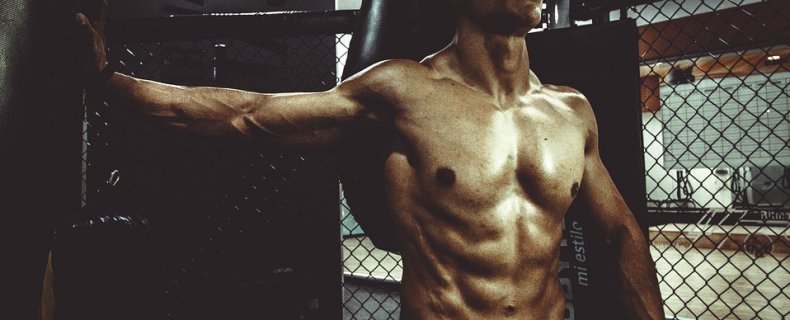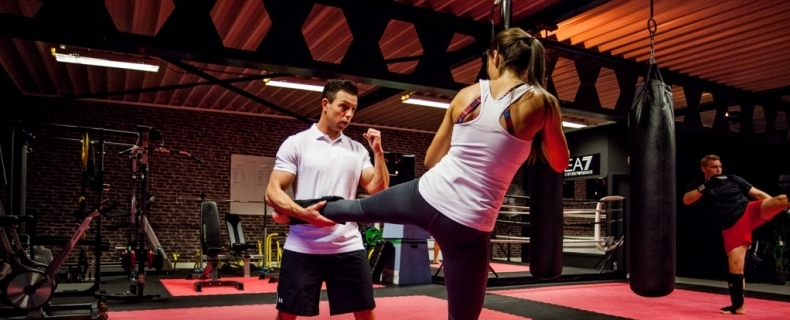Kickboxing is a sport that combines the kicks of karate and the punches of boxing. The sport has gained popularity across the globe over the years because of its immense benefits to the body and mind as well as being used as a self-defense mechanism. Kickboxing improves the health of the heart by exercising cardiovascular muscles, enhances anger and stress management and promotes general body health because it is very intense and involves training and employing all body parts which results to burning fat hence causing weight loss.
Although kickboxing has gained popularity and has a myriad of benefits to the body, it can be fatal and result in injuries if not done right. Beginners are more prone to injury, thus should learn to start slowly with low kicks and punches and eventually graduate to faster and more complex techniques. The following are some of the kickboxing injury prevention techniques and protocols that should be observed and practiced to avoid prolonged downtime due to preventable injuries.
Warming up
Warming up before any exercise prepares the body and mind for the physical exertion and increases blood circulation. It also helps tendons, ligaments and body muscles to loosen up as well as to get the body ready. Light stretches after warm-up followed by intense stretching after a workout with more emphasis on the injury-prone areas prepares the body and mind for the exercise ahead.
Breathing
Holding breath while punching and kicking cause a kickboxer to tire quickly. On the contrary, a kickboxer should practice to relax and exhale at every kick and punch to ensure they have the energy for a more powerful, efficient and fast punch. Yelling or speaking while punching also helps to ensure constant breathing.
Pivoting your foot
Kickboxers who don’t pivot their foot on their punches and kicks are more prone to knee injuries because they expose their knee to undue pressure which can cause it to strain or tear. Foot pivoting encourages fluid movement and ensures the whole body moves with the punches. Right-handed people should stand with the left leg facing forward.
Using the whole body as you punch
Using the entire body ensures that a kickboxer gives a more powerful and effective punch hence protecting himself. Self-protection is done by keeping the arms close then using use the legs, hips, core, and shoulders to bring power to the uppercut.

Bend your knee when kicking
Slightly bending the knee creates an efficient, fast, and powerful kick. Kicking with a straight knee requires more power and gives a slower kick and could strain the knee while using the toes can result in broken toes or other serious injuries.
Protect the face
A kickboxer should always ensure that his face is protected by keeping his hands up at the chin height even when he is tired. The right hand should be more to the side of the face, while the left hand should be slightly forward, a few centimeters in front of the head. The elbows should be beside the body as much as possible but not touching the body.
The arms should be brought back to the block position every time a punch is thrown with the elbows beside your body to protect the rib cage.
Wearing gloves or wraps

Putting on gloves while training or during sporting protects a kick boxer’s wrists and hands
Comfortable dressing
Comfortable clothing and shoes ensure that the arms and legs of the kickboxer can move smoothly in all directions without being restrained or limited.
Controlled Movement
Controlled movement is one of the critical techniques of good kickboxing. Beginners should start with low kicks and slowly learn the complicated methods. Overextending by kicking too high or locking the arms and legs during movements can result to pulled muscles and tendons and consequently cause sprained knee or ankle joints.
Sometimes, avoiding or preventing injury might not be possible. In the event of an injury, the best and advisable ways to handle the injury include the following.
- The injured part should be protected from further injury by not exposing it to further strain.
- The injury should be allowed enough time to heal before returning to the usual routine.
- Using ice to reduce pain and inflammation after an injury for a few days.
- Compress the injury by wrapping the injured part to reduce swelling.
- Elevate the injured part above the heart to ensure swelling, and the flow of blood to the injured part reduces.
More serious injuries such as pulled groin muscle or severe tendinitis should be immediately addressed by a medical professional.
Although people who have engaged and trained kickboxing for long may be seen as experts, an injury does not choose between learners and experts. The experts may ignore the basic kickboxing injury prevention techniques and end up with a fatal injury.
These injury prevention protocols should be practiced not only during sporting competition but also during training sessions.






